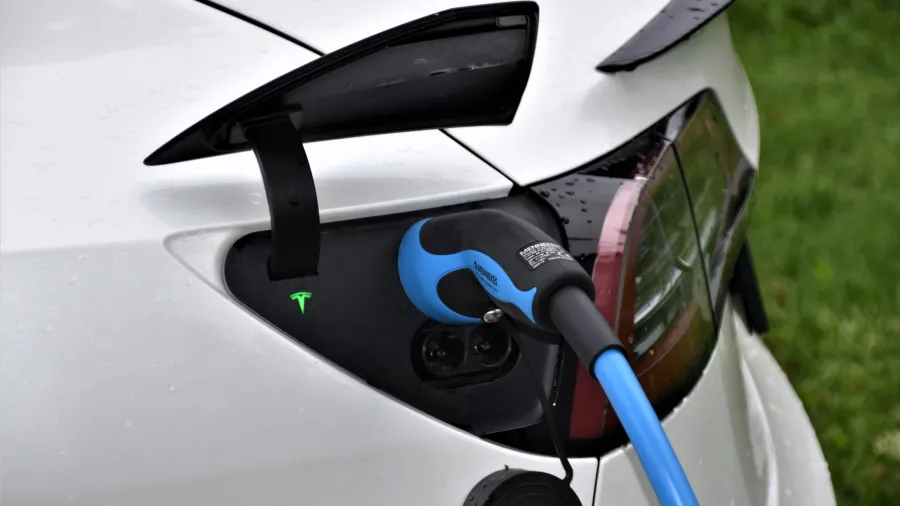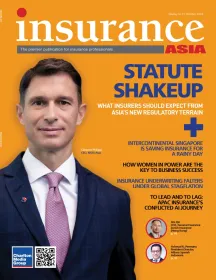
Marsh lists 4 ways to gain an advantage in growing EV market
The EV insurance market is forecasted to expand to $687.62b by 2029.
Insurers are navigating unprecedented disruptions driven by the increasing adoption of electric vehicles (EVs) and a volatile regulatory environment, Ichiro Seino, regional automotive industry leader at Marsh Japan, said in his insight.
Despite a slowdown in 2023, EV sales are projected to grow by an average of 22% annually in Asia from 2024 to 2028, with EVs comprising 63% of the 115 million vehicles expected globally over the next five years.
Concurrently, the EV insurance market is forecasted to expand dramatically, from $64.18 billion in 2022 to $687.62b by 2029.
Amidst these trends, insurers face several critical challenges:
- Supply Chain Disruptions: Geopolitical tensions pose risks to automotive supply chains, affecting the availability and cost of essential components. Political unrest and trade policies changes can disrupt global trade routes and escalate costs.
- Regulatory and Market Access Challenges: Diverse regulatory frameworks across regions impact automotive manufacturers' operations and profitability. Compliance with safety standards, environmental regulations, and trade agreements requires careful navigation.
- Product Liability and Safety Risks: Advanced automotive technologies, such as EV batteries, introduce new risks like product recalls and liability concerns. Safety precautions for technologies like lithium-ion batteries are essential to mitigate the risks of incidents.
- Cybersecurity Vulnerabilities: The interconnected nature of EVs and digital platforms increases exposure to cyber threats like data breaches and ransomware. Protecting against cyberattacks and ensuring vehicle safety from potential hacking incidents are critical considerations.
To thrive in this evolving landscape, Seino advises insurers to take proactive measures:
- Adapting to Regulatory Changes: Anticipate and align insurance policies with evolving EV industry regulations, ensuring compliance with safety and environmental standards.
- Tailoring Insurance Products: Develop specialised insurance solutions tailored to EV manufacturers, suppliers, and charging infrastructure providers. Collaboration with industry experts is key to designing robust risk transfer solutions.
- Offering Value-added Services: Provide risk management services such as safety guidance, supply chain diversification strategies, and incentives for adopting safety technologies to mitigate risks effectively.
- Utilising Data Analytics and Telematics: Leverage data analytics and telematics to personalise insurance offerings based on real-time vehicle data. Usage-based insurance (UBI) models can promote safe driving habits and optimise coverage.
Insurers should act now to capitalise on opportunities in the evolving automotive industry. Early adaptation to new insurance models and active collaboration with stakeholders will enable insurers to innovate and meet the evolving needs of automotive businesses and consumers alike.



















 Advertise
Advertise


